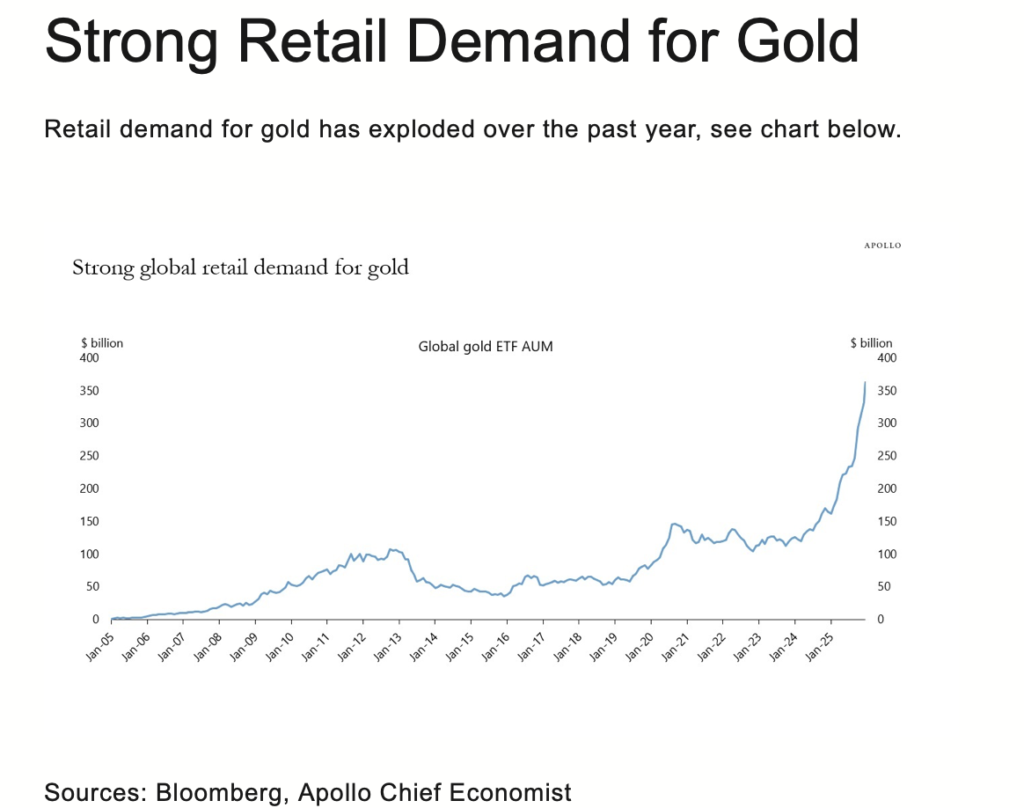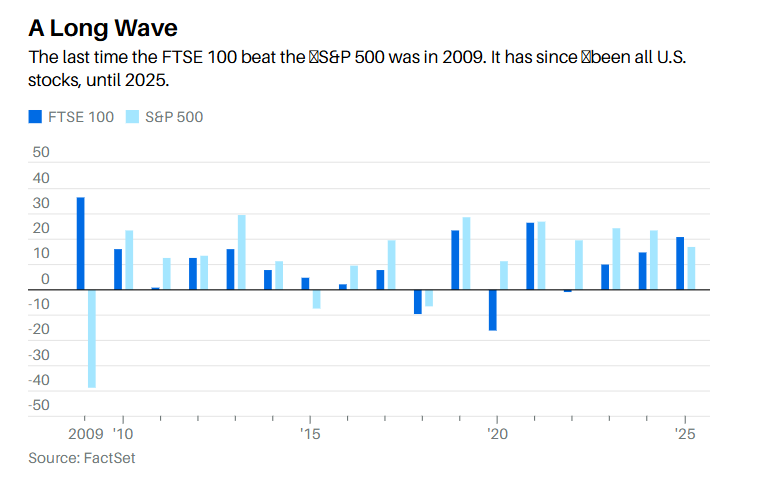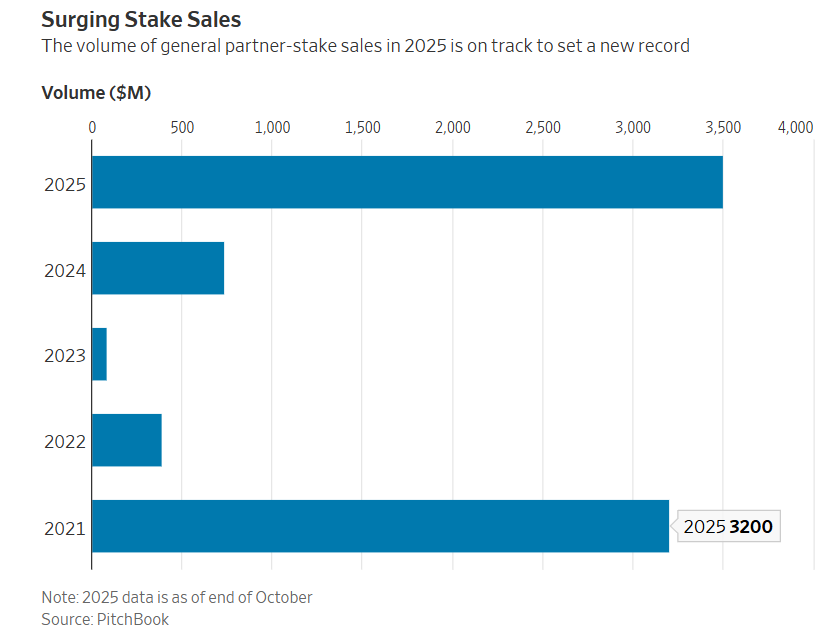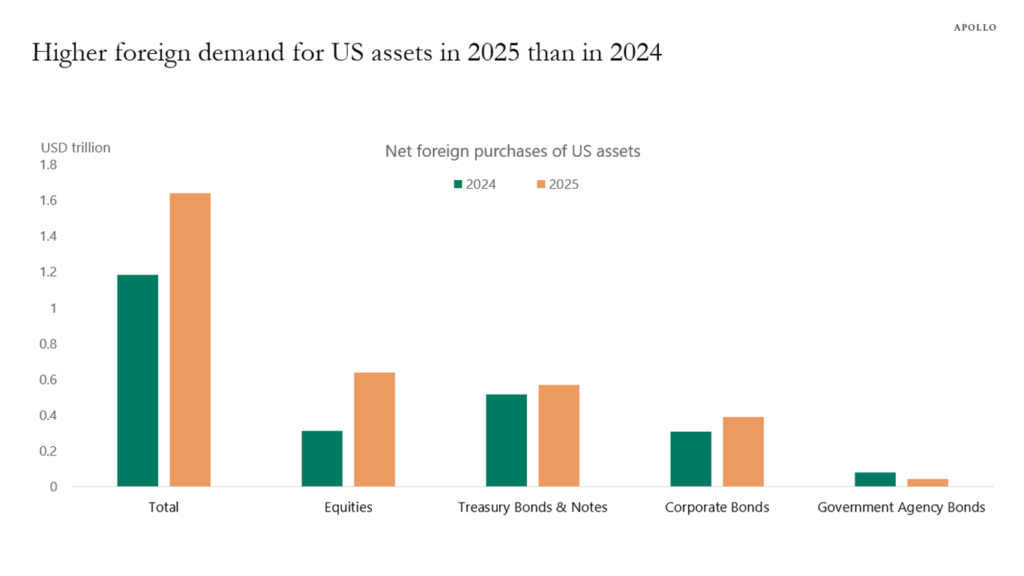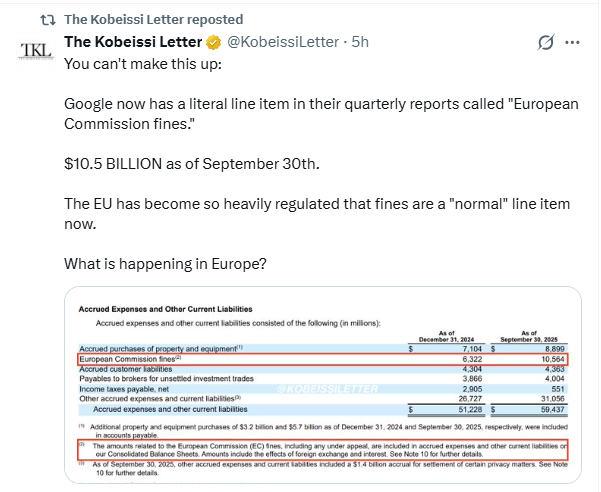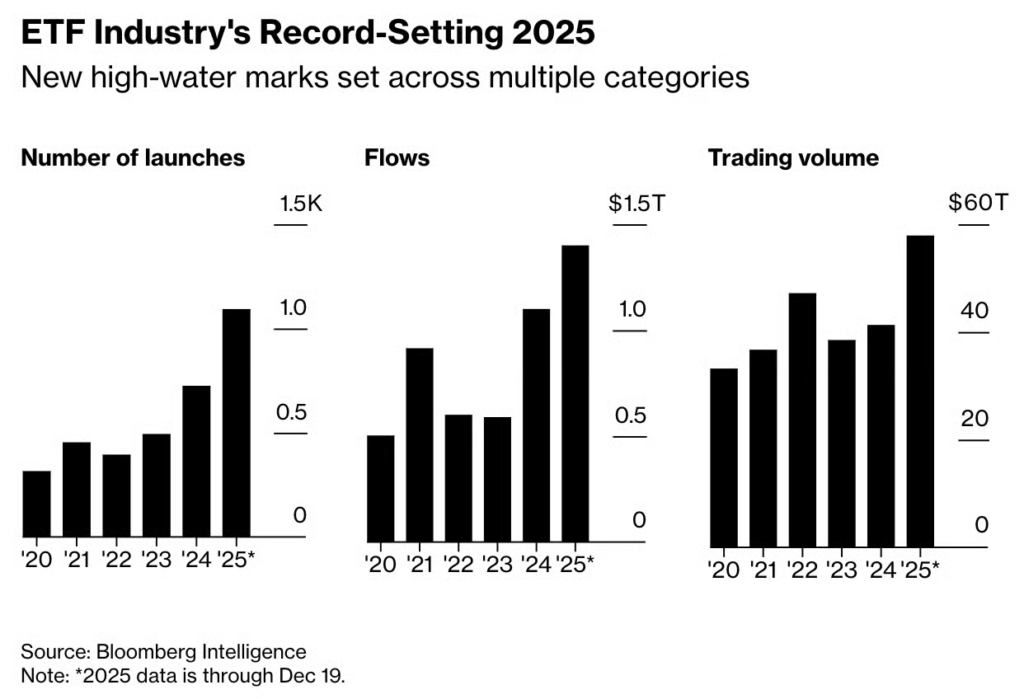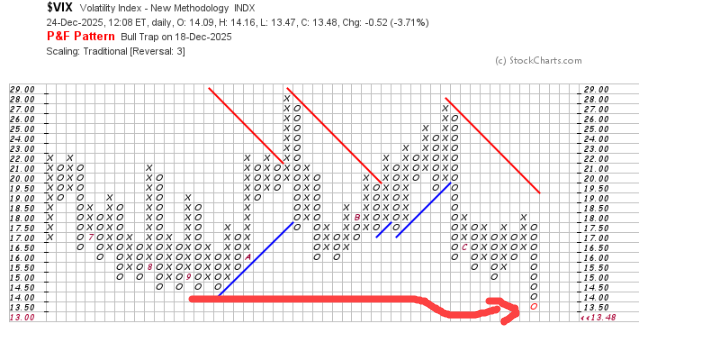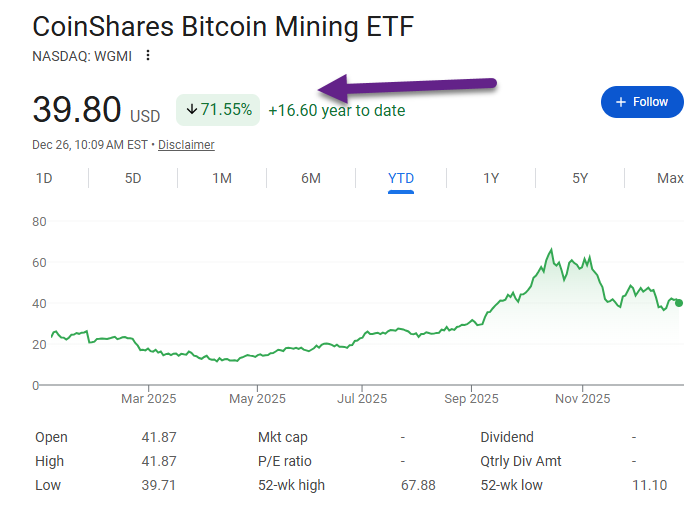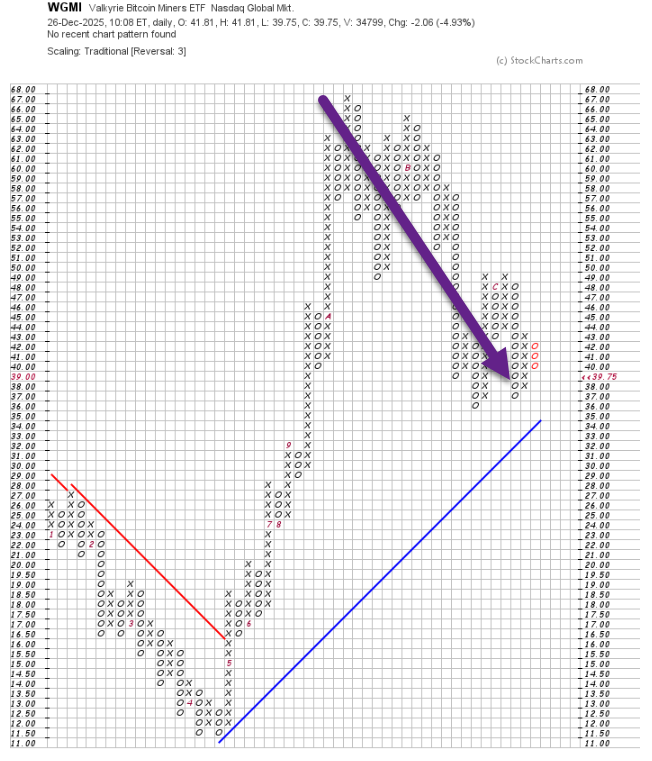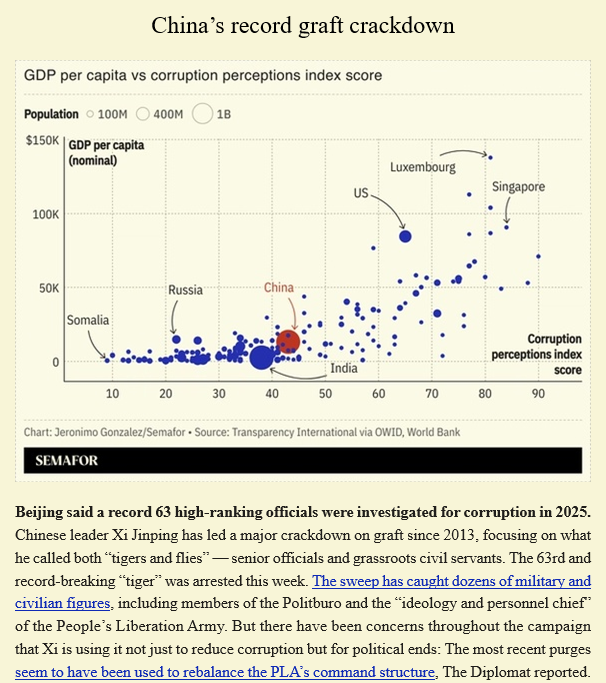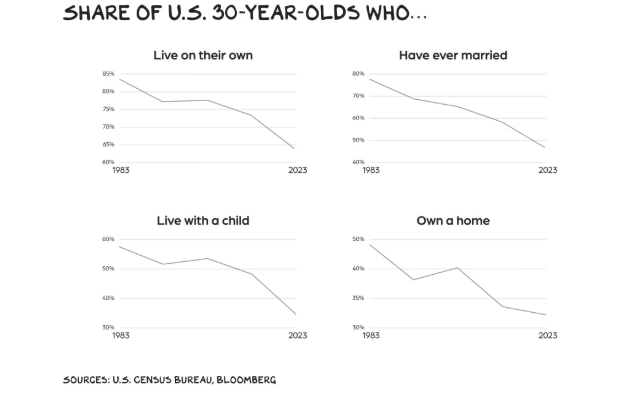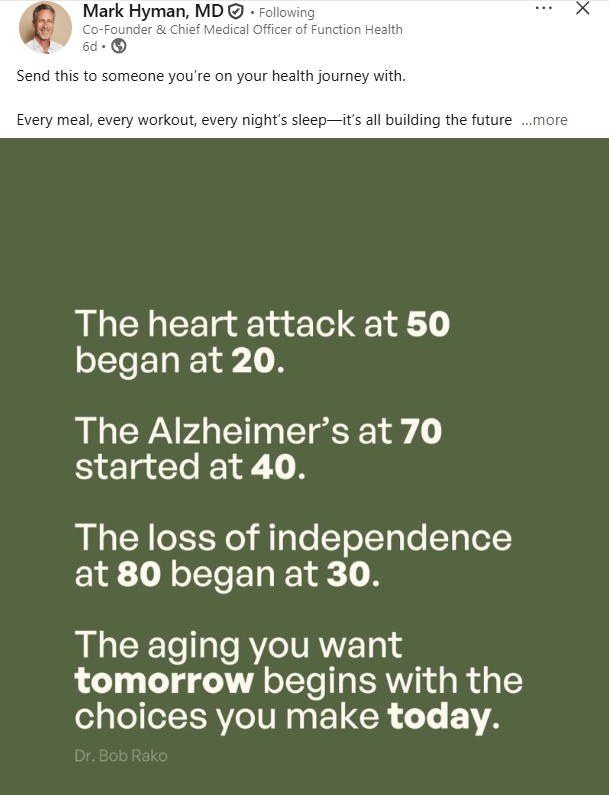1. Profit Adjusted Forward P/E Model Not Expensive …Do Your Own Research Here
Profit-adjusted valuation. “Using our profitability-adjusted model, today’s P/E comes out to about 16.6x, just a touch higher from its 20-year average of 16.2x.”
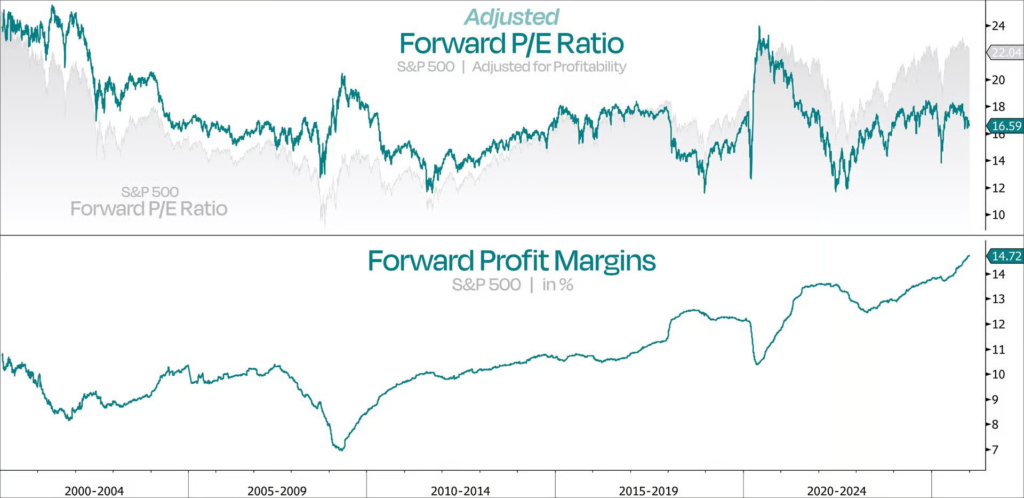
Daily Chartbook
2. Only 2 Mag 7 Stocks Outperformed S&P 500 in 2025
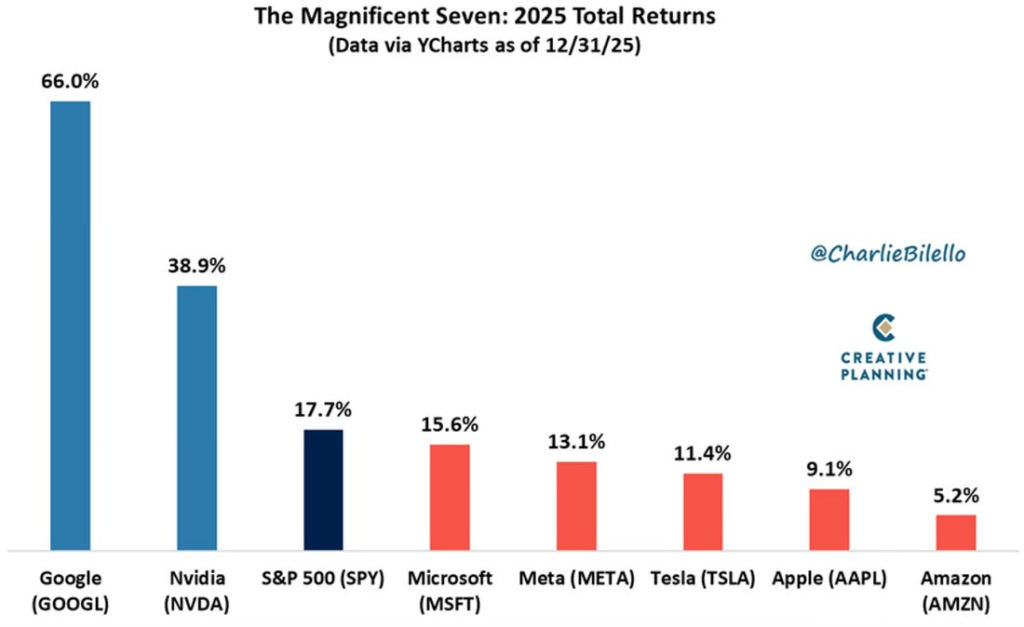
@Charlie Bilello
3. Oil Service Stocks OIH Pops +9%

Google Finance
4. TAN Solar ETF Left for Dead Last Year Making Run at 2023 Highs

StockCharts
5. Space UFO ETF—2025 Broke Out of 5-Year Sideway Pattern….Broke to New Highs Yesterday

StockCharts
6. IPO Market 2026? Some Whales in Pipeline

The Irrelevant Investor
7. Median Age of Company Going Public 14 Years

Abnormal Returns
8. Natural Gas Back to Lows

Barchart
9. 4% Mortgage Update
Wolf Street Combined, the share of below 4%-mortgages dropped to 51.5% of all mortgages outstanding, the lowest since Q4 2020, as homeowners, facing changes in life – new job in a different city, divorce, growing family, death, etc. – ever so reluctantly sell their home and thereby let go of these ultra-low interest-rate mortgages.
At the peak in Q1 2022, over 65% of all mortgages outstanding had interest rates below 4%.

Wolf Street
10. Genetics, Environment, and Personality
Psychology Today Why personality has less to do with upbringing than many assume. Mark L. Ruffalo LCSW
- Genetic factors account for much of the variation in personality traits across the lifespan.
- Shared upbringing plays a smaller role in adult personality than many clinical models assume.
- These findings have important implications for psychotherapy practice.
Most clinicians still underestimate the degree to which genetic factors shape personality traits and personality development. This is not controversial within behavioral genetics, but it remains surprisingly controversial in everyday clinical thinking.
Twin and adoption studies converge on a striking conclusion. Roughly half or more of the variance in most personality traits is attributable to genetic factors (Vukasović & Bratko, 2015). When combined with non-shared environmental influences, that figure exceeds 90%. What is notably absent is a large role for the shared environment, including broad features of upbringing that many psychotherapeutic models implicitly treat as decisive (Krueger et al., 2008).
This evidence has led me to revise my own thinking over the past few years. Like many clinicians trained in the psychoanalytic tradition, I once assumed that early relational experience held explanatory primacy for adult personality. I now believe that view substantially overstates what childhood environment can plausibly explain, even while underestimating what psychotherapy itself can still accomplish.
What the Data Actually Show
Genetic influence does not imply immutability or biological determinism. Traits can be shaped, moderated, and expressed differently over time, including through psychotherapy. What genetics challenges is not the possibility of change, but the assumption that adult personality structure is best explained by early childhood experience.
Shared family environment accounts for surprisingly little variance in adult personality. Siblings raised in the same home are often no more similar than strangers, once genetic relatedness is accounted for (Krueger et al., 2008). By contrast, non-shared environmental influences account for much of the remaining variance and often occur well outside early childhood (Plomin, 2011).
This creates a problem for psychotherapeutic models that rely on a simple developmental narrative. In those models, enduring traits are often treated as sequelae of trauma, attachment failure, or parental misattunement. Such explanations are compelling, but they often exceed what the evidence can support.
Implications for Psychotherapy
If core personality traits are strongly influenced by genetics, then many of the features patients bring into treatment are not the products of childhood adversity. They are part of the individual’s constitutional disposition. Recognizing this does not diminish the role of psychotherapy; it simply clarifies its task.
Psychotherapy can and does help patients change. It can alter patterns of affect regulation, interpersonal behavior, self-understanding, and the way personality traits are expressed over time. It does so not by locating a childhood origin for every enduring feature of personality, but by helping patients understand how their relational patterns repeatedly play out in the present.
Some contemporary psychodynamic approaches already reflect this reality. Treatments such as Kernberg’s transference-focused psychotherapy and Gunderson’s good psychiatric management explicitly acknowledge temperamental and genetic factors, and they focus less on excavating hidden childhood causes than on helping patients understand current patterns of affect, relationships, and behavior.
This distinction matters clinically. Affective intensity, impulsivity, suspiciousness, and obsessionality may reflect enduring traits rather than the lasting effects of trauma. When clinicians assume otherwise, treatment can drift into elaborate reconstructions of childhood that are not well supported by the evidence.
Childhood experience still matters, but its role is often misunderstood. Development reflects an interaction between innate temperament and environment, with children shaping their environments as much as they are shaped by them. What looks like a pathogenic upbringing may in part reflect a difficult temperament eliciting more conflict or misattunement.
The arguments advanced here rest on a simple assumption that is not always made explicit: that what is true matters, and that clinical theory should be guided by the best available evidence rather than by tradition or preference.
Psychotherapy’s effectiveness lies in helping patients live more flexibly and consciously with the psychological structure they actually possess—one shaped by an interaction between innate temperament and largely non-shared environmental influences. A therapy grounded in that reality is not more limited. It is more honest, and ultimately more humane.










